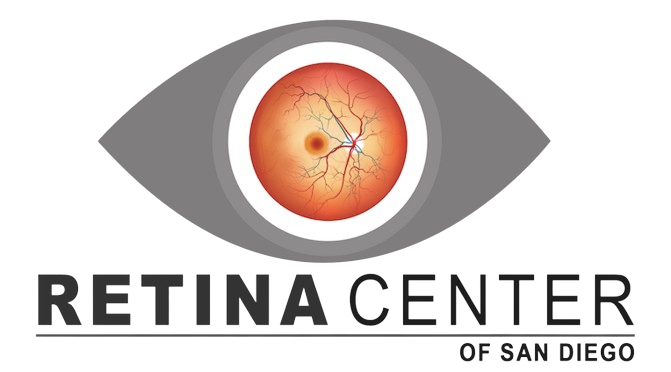Retinal Holes
What are Retinal Holes?
A retinal hole is a small break or opening in the retina, the light-sensitive tissue lining the back of the eye. Retinal holes can occur spontaneously or as a result of trauma, and they can increase the risk of retinal detachment if left untreated. Retinal holes may not always lead to retinal detachment. However, they still require attention to prevent potential complications.
Symptoms of a retinal holes may include:
- Floaters (spots or cobwebs) in your field of vision
- Flashes of light in the affected eye, especially when moving your eyes
- Blurred vision or loss of vision in one eye
- A curtain-like shadow or veil across your field of vision
Treatments for Retinal Holes
Treatment for a retinal hole depends on various factors, including the size and location of the hole, the presence of associated risk factors, and the patient’s overall eye health. In many cases, small retinal holes may not require immediate treatment and can be monitored regularly by retina specialists to ensure they do not progress.
If a retinal hole is at risk of leading to retinal detachment or if retinal detachment has already occurred, treatment may be necessary to prevent further vision loss. Common treatment options for retinal holes and associated retinal detachment include:
- Laser photocoagulation: Laser therapy may be used to seal retinal holes and tears by creating small burns around the edges of the hole. This helps to create scar tissue that seals the hole and prevents fluid from leaking underneath the retina.
The choice of treatment depends on factors such as the size and location of the retinal hole, the presence of associated complications, and the patient’s overall health and preferences. It’s important to seek prompt medical attention if you experience symptoms of a retinal hole or retinal detachment, as early detection and treatment can help prevent permanent vision loss.






